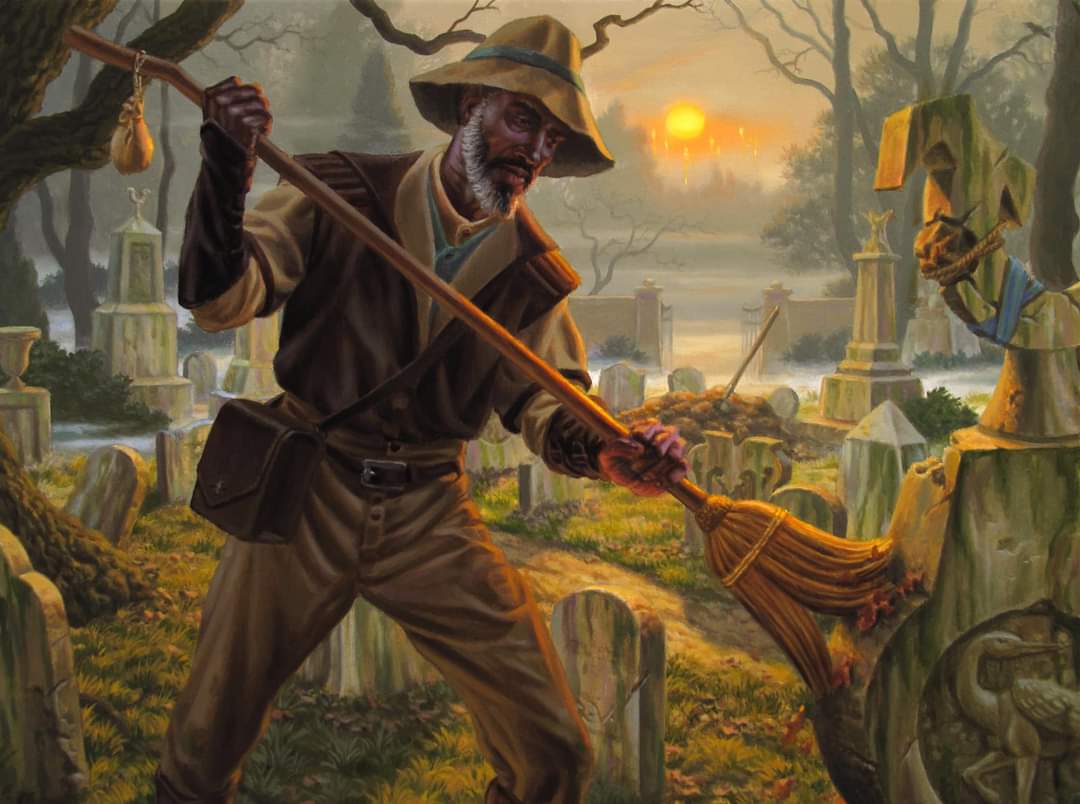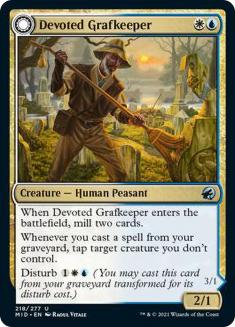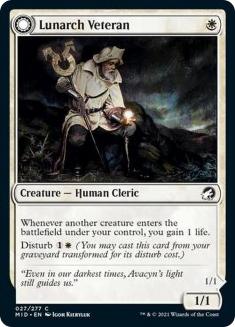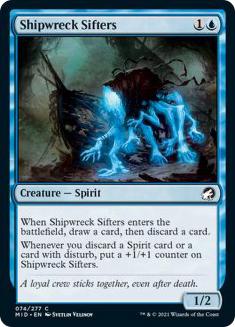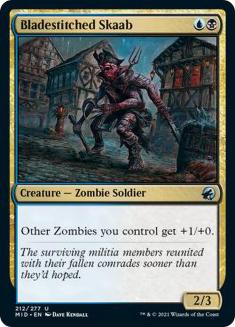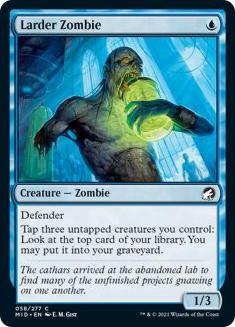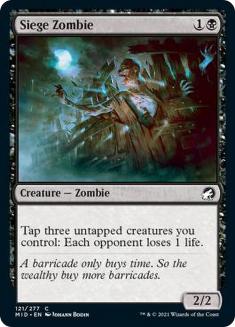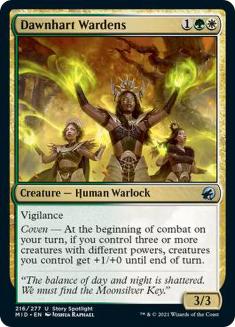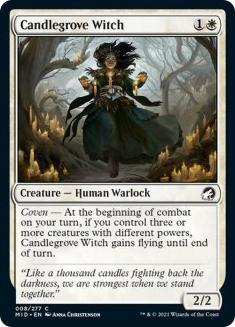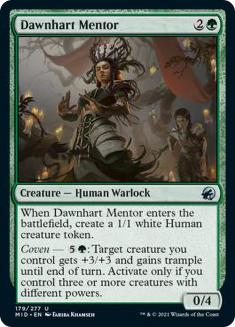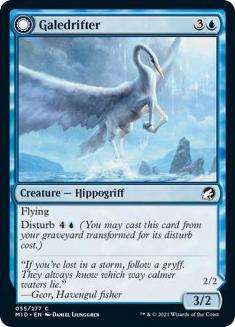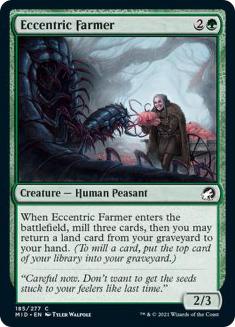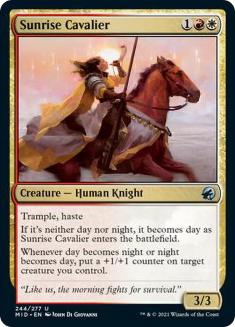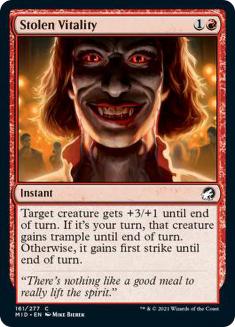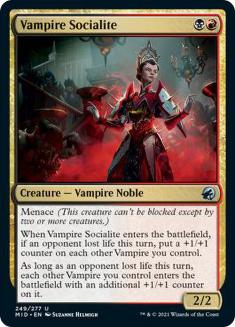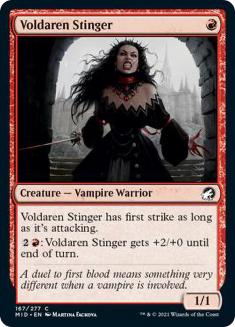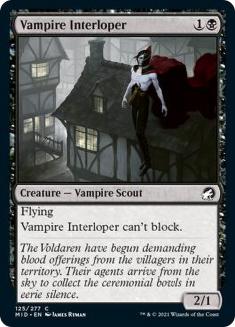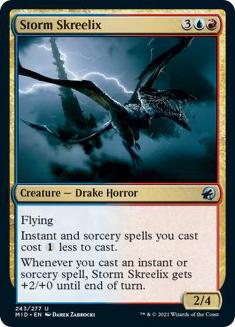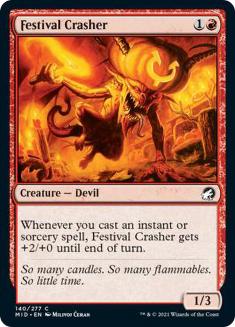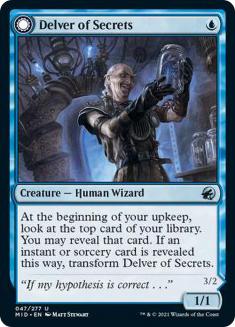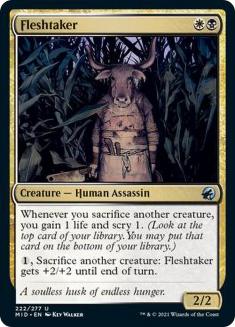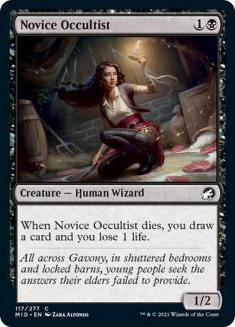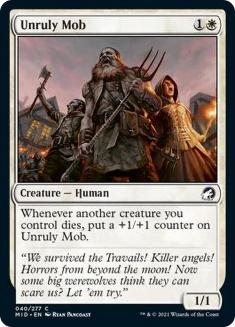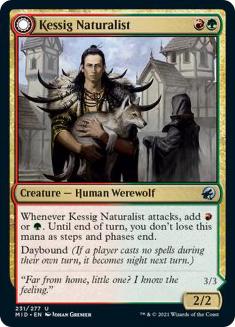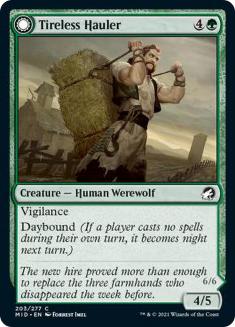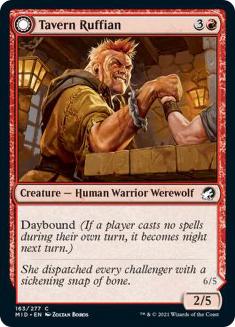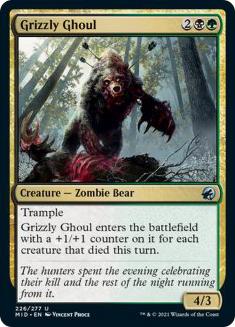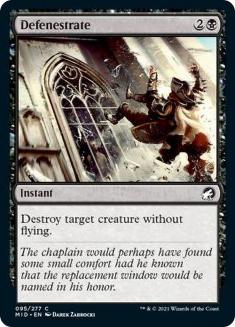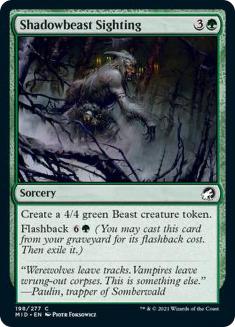Innistrad: Midnight Hunt (MID) is one of my most successful Draft sets in recent memory. For those interested in revisiting this plane while it’s a Premier Draft format on MTG Arena, I’ll give my thoughts on the archetypes of the format, as well as examples of successful decks I’ve had in those archetypes.

Tier 1
Azorius
Azorius is my favorite archetype of the format, as well as the most powerful when it’s open. It can use cards like Consider and Shipwreck Sifters to full effect, putting disturb creatures like Beloved Beggar directly into your graveyard. Blessed Defiance is at its best here, allowing your small creatures to trade up, awarding you lifegain, leaving a 1/1 flyer behind, and hopefully offering up a disturb creature as well! Azorius is mostly a flyers deck, as well as the best home for Ominous Roost if you get enough cards to support it.
Dimir
Dimir is the other top tier deck of the format, often using the 2/2 Zombie tokens that so many cards create. With access to Dimir’s suite of removal spells, most games slow down to a grind. Thanks to the deck’s ability to answer threats effectively, Larder Zombie, Siege Zombie, and Skaab Wrangler ensure victory in any late-game scenario.
Tier 2
Selesnya
Selesnya is a traditional go-wide deck, enabling the coven mechanic. The deck will often use tricks like Duel for Dominance or Might of the Old Ways to come out ahead during large combat steps. Duelcraft Trainer and Contortionist Troupe are additional ways to break through your opponent’s defenses, with Ritual of Hope being very strong in certain builds.
Simic
Simic is the self-mill deck of the format, gaining value via both disturb and flashback cards. It’s a natural home for Deathbonnet Sprout. Milling Covetous Castaway, Rise of the Ants, or Shadowbeast Sighting is the type of value you will be in the market for.
Tier 3
Boros
Boros is up to traditional Boros things, trying to win the game before you run out of steam. There’s a delicate balance of threats and removal/tricks. Tricks like Stolen Vitality and Raze the Effigy should be treated like removal if you can keep your creature count high enough. Voldaren Stinger and Festival Crasher are two of the best early-game threats for the deck, with Gavony Silversmith and Clarion Cathars helping with your late-game finishes.
Rakdos
Rakdos is similar to Boros in that it wants to snowball the game and attack each turn. The subtheme of Vampires is relevant for Neonate’s Rush, Stromkirk Bloodthief, Voldaren Ambusher, and Vampire Socialite. This deck is at its best if the colors are open, but you must also acquire the synergy pieces. A pile of red and black cards tends to perform very poorly.
Izzet
Izzet can have some success here and there. The deck is pretty finicky at times, making Electric Revelation a near-necessity to smooth out your draws. Storm Skreelix can range from terrible to a win condition in any given game. Ditto Festival Crasher, to a degree.
Orzhov
Orzhov is a midrange, synergy-based deck aiming to profit off the dead. Fleshtaker is an amazing card, and very difficult to play around. Black helps offer up Zombie tokens in addition to Novice Occultist. Unruly Mob can take over games in certain builds that offer plenty of fodder and sacrifice outlets.
Tier 4
Gruul
Gruul is home to the updated day/night mechanic (a subtle upgrade from the original Innistrad mechanic). This is among the worst archetypes of the format for a few reasons. Most of the Werewolf transform cards are underwhelming, especially at common. There are no real payoffs for “doing the thing” of transforming your creatures into Werewolves. The deck often has an awkward curve and play patterns, in addition to being easily out-valued in the mid- to late-game.
Golgari
Golgari’s “mechanic” doesn’t have a keyword, but the gold cards care about mass casualties. There isn’t a coherent strategy within the color pair; instead, successful Golgari decks will just be a pile of good black removal spells and the few powerful green creatures. These decks typically will die out or draw dead when facing more value-oriented decks like Dimir or Azorius.
Overall Rating
I’d give Innistrad: Midnight Hunt Limited about a 6/10 on the Draft scale I just created (patent pending). It can get stale at times, but does a lot of things right. If you get the itch for a revisit, it’s most likely fleas. Nighttime is approaching…
Awoooooo!
Lose and Learn, Learn and Win!

